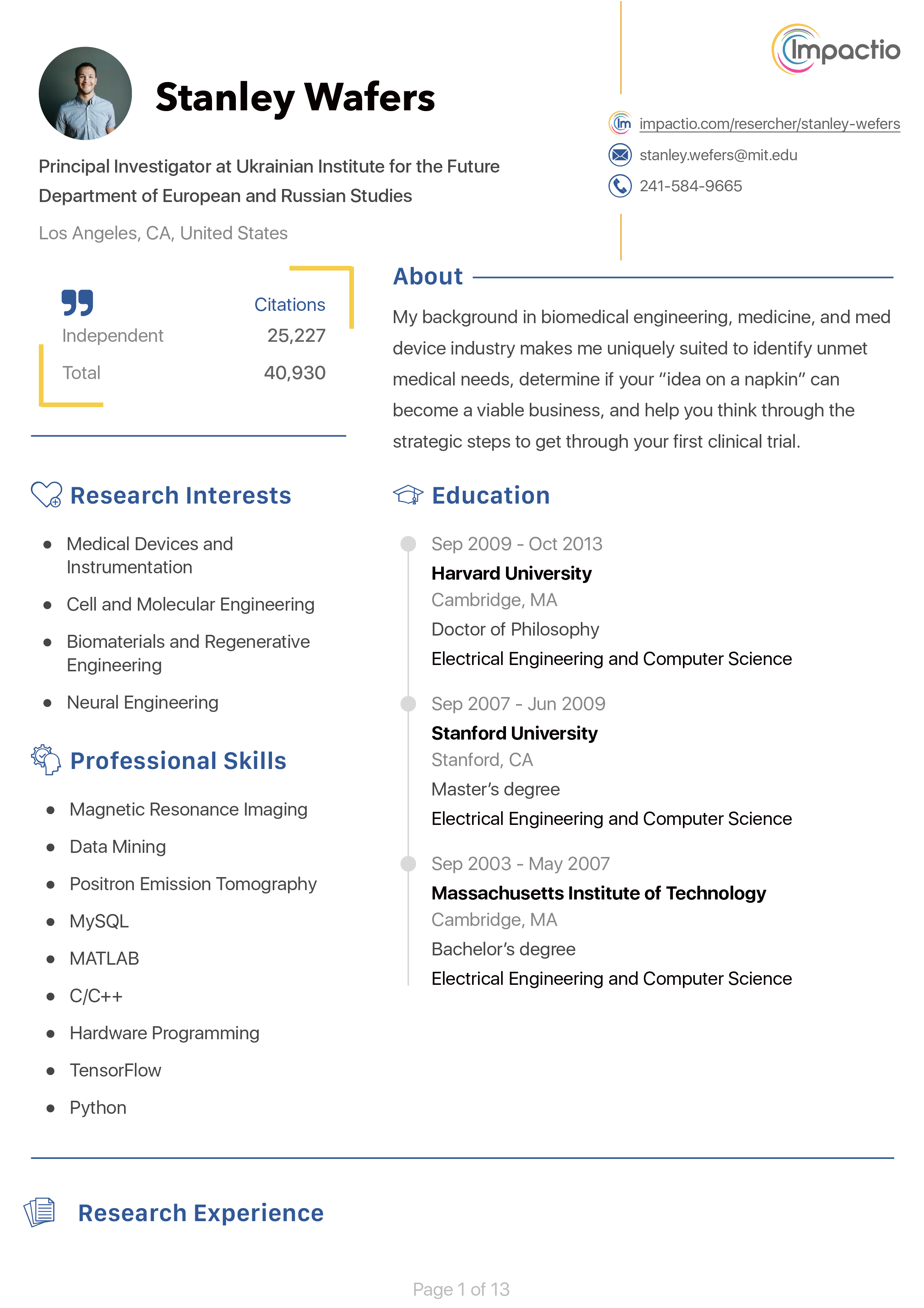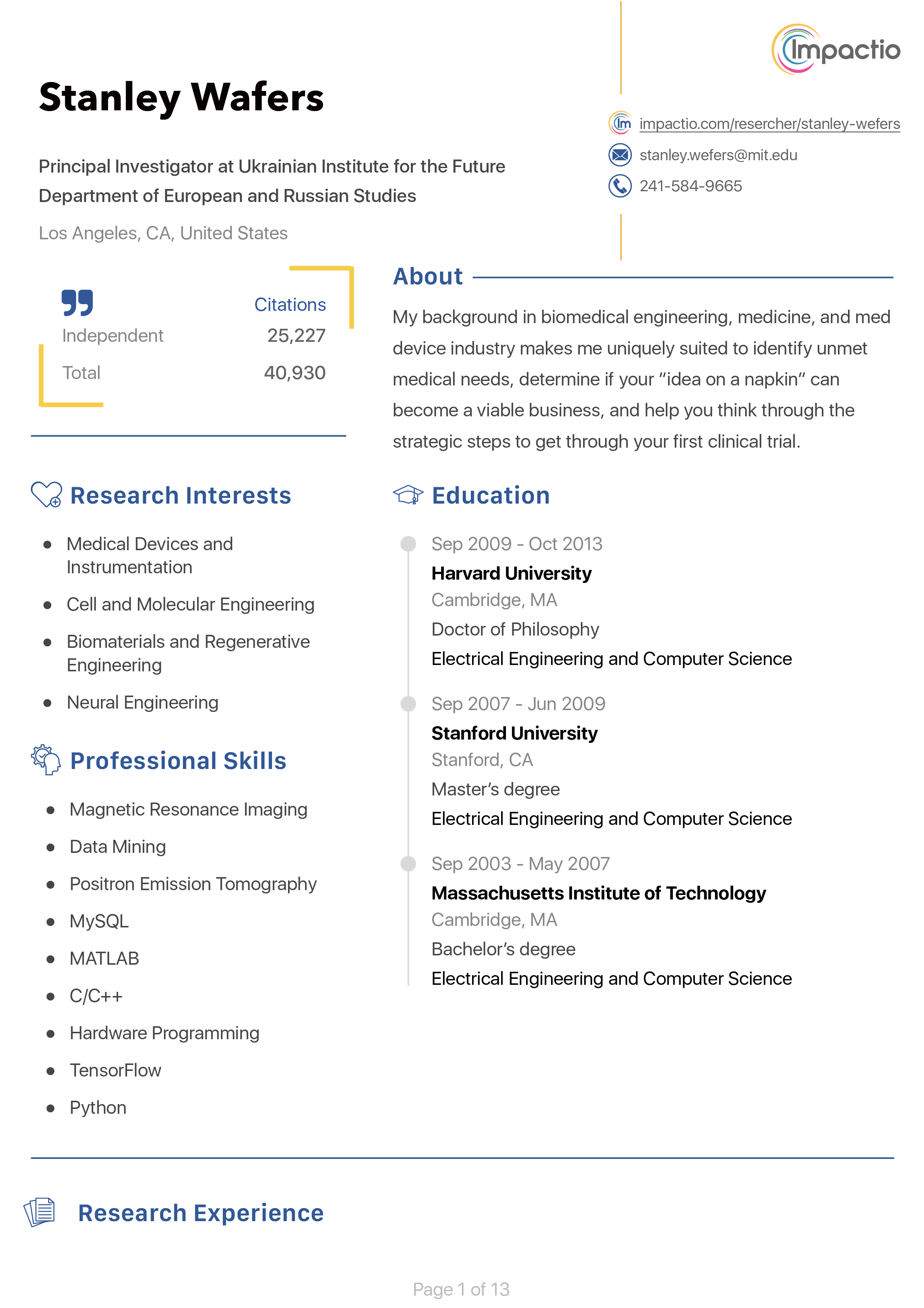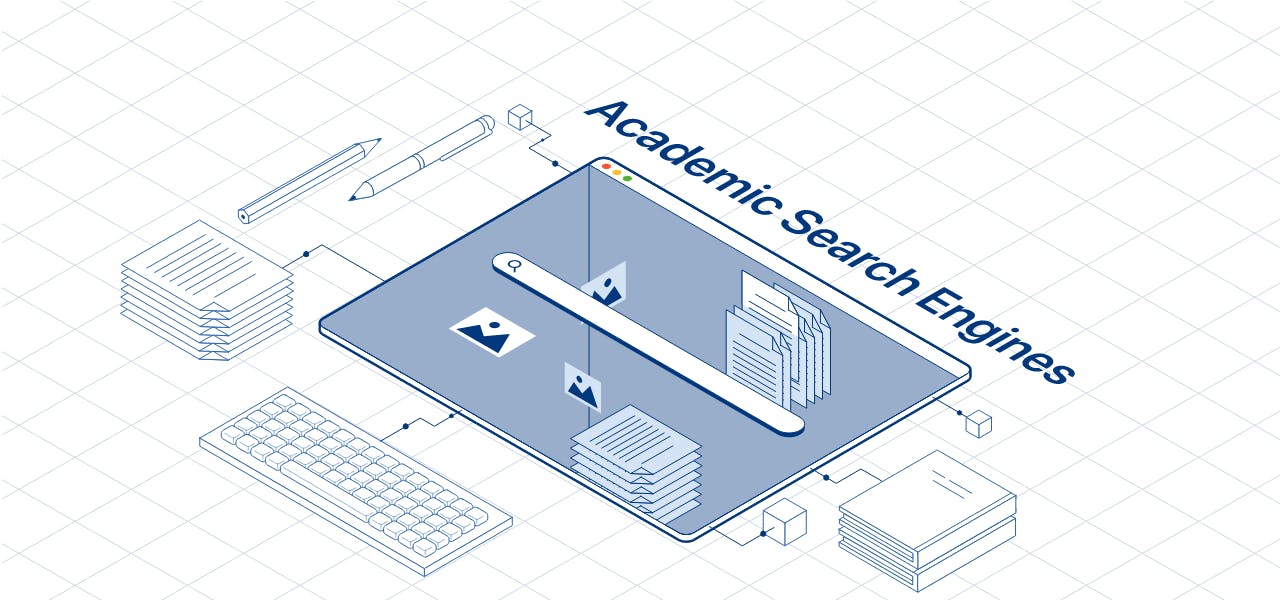Forget theory—I live in the real world of IT. For over 19 years, I’ve been the person companies call when projects need direction, digital strategies need spark, and data needs a purpose. I’ve navigated the wild worlds of IT strategy, project management, and digital marketing—not from a conference room, but from the front lines.
My passion? Cutting through the hype around AI, machine learning, and IoT to uncover how they actually drive business forward. I don’t just research—I test, apply, and publish what works. There’s nothing quite like the thrill of turning messy, overwhelming data into clear, actionable wins—all without losing sleep over security risks.
Let’s build things that matter, not just manage things that exist.
- Project Coordination: Streamlined communication between faculty, administration, and students for curriculum updates, ensuring alignment with Program Learning Objectives (PLOs).
- Process Optimization: Developed and updated handbooks/manuals, improving operational efficiency by 25%.
- Stakeholder Management: Served as administrative liaison, coordinating Prior Experiential Learning (PEL) reviews and SLA assessments.
- Large-Scale Project Leadership: Managed logistics for 350+ international visitors annually, including accommodations, events, and partnerships (20+ frameworks/year).
- Supply Chain & Inventory: Oversaw warehouse operations (2,000+ items) and fleet management (10+ vehicles), reducing costs by 15% through demand planning.
- Team Management: Led 40+ support staff, implementing training programs that improved productivity by 30%.
- Operational Projects: Revamped inventory and vendor management systems, cutting procurement delays by 20%.
- Cross-Border Coordination: Liaised with government offices and diplomatic missions, ensuring compliance and timely document attestation.
- Was widely involved with multi-functional activities concerning department like: Quality Initiative, Admin, HR, DMS office and CEO office.
The rise of quantum computing threatens traditional cryptographic methods like RSA and ECC, which are vulnerable to quantum algorithms such as Shor’s and Grover’s. This study aims to assess cybersecurity vulnerabilities and enhance cyber threat detection using machine learning and deep learning techniques. The NSL-KDD dataset is employed for intrusion detection, utilizing feature selection methods like recursive feature elimination and mutual information analysis. This study proposed IntruDualNet which is Dual Output based deep learning model where it’s predicted both binary and multiclass classification. Experimental results show high detection accuracy, with 99.70% for binary classification and 99.49% for multiclass classification, effectively identifying threats like DDoS, SQL injection, and XSS. The findings highlight the urgency of transitioning to post-quantum cryptographic standards and integrating AI-driven security solutions to mitigate emerging threats.
Many industries are undergoing radical change as a result of the expansion and improvement of Deep Learning (DL) and the Internet of Things (IoT). These include food production, utilities, transportation, supply chains, urban planning, and medical treatment. Scientists have discovered a way to improve automation by combining deep learning, cloud computing, and the Internet of Things. The Internet of Things (IoT) can broaden its use case by integrating with cloud services; the cloud can gain insight from data gathered by sensors and other IoT devices, and deep learning can improve medical diagnosis and screening. Deep learning, cloud-based Internet of Things (IoT) applications, fog computing, and the difficulties encountered by smart healthcare systems are all included in this study's comprehensive overview of smart healthcare methods. Patient monitoring, disease detection, and diagnosis are just a few examples of the many potential uses. Smart healthcare systems (SHSs) make people's lives easier and more pleasant thanks to their cutting-edge services. The healthcare industry offers tremendous opportunities for research to overcome the constraints of traditional methodologies due to its large amount of data and varied range of disorders. Mobile health, telemedicine, emergency systems, assisted living, self-management of chronic diseases, fitness and patient monitoring, food monitoring, and remote rural areas can all benefit from healthcare automation made possible by deep learning and the Internet of Things.
Management Information Systems (MIS) in today’s sophisticated cyber risk landscape are at risk, exposing the need for sophisticated and adjustable security solutions to meet these threats. The framework proposed in this paper works to increase the accuracy and efficiency of cybercrimes identified and mitigated through an AI-enhanced framework. We explore and implement dimensionality reduction via Principal Component Analysis (PCA) for high dimensional data handling and Local Interpretable Model-agnostic Explanations (LIME) to increase model explainability using the CICIDS 2017 dataset. Our approach enables cybersecurity professionals to understand the prediction because there is transparency, and we can trust the automated threat detection. Multiple machine learning models, including XGBoost, Random Forest, Support Vector Machines (SVM), and K Nearest Neighbors (KNN), are evaluated. XGBoost achieved a near-perfect accuracy of 99.99% on these, and so might be able to classify these as they do cyber threats accurately. Considering interpretability, this analysis emphasizes cybersecurity in which transparent decision-making models allow professionals to understand, validate, and respond convincingly to detected anomalies. Combining robust interpretability tools with more advanced AI techniques can yield strengthened cybersecurity resilience in MIS and should be part of a client’s toolbox. Our framework integrates these methodologies to rapidly and accurately detect and manage real-time threats with explainability, thus improving MIS defenses against more sophisticated cyberattacks. This work provides the basis for future research, including model efficiency optimization and exploring other explainable AI techniques for broader cybersecurity applications.









